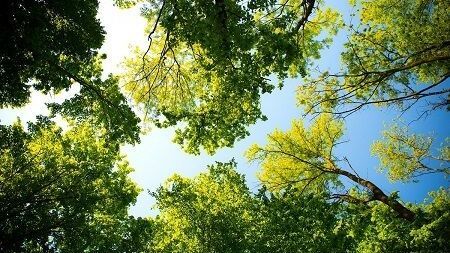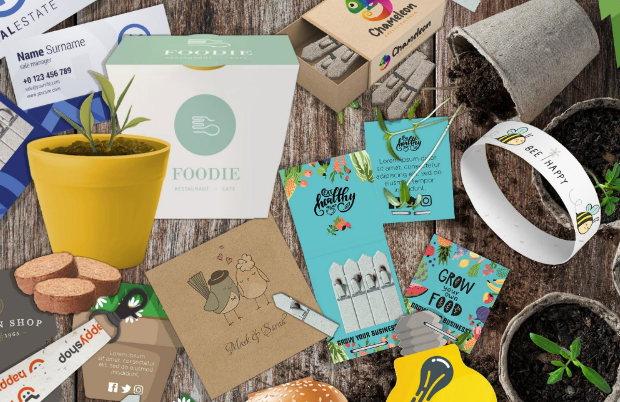Cork for Eco Branded Merchandise
1 September 2023
Cork is one of the most sustainable materials

Cork comes from the bark of a particular oak tree, known as Quercus suber L. So, all cork products come from 100% natural plant tissue which unlike other wood products, is harvested from the cork tree and doesn’t result in the tree being cut down. In fact, the harvesting process is entirely sustainable and doesn’t harm the tree at all.
Most cork trees grow in the western Mediterranean, where the climate is ideal, the trees requiring a lot of sunshine, high humidity and low rainfall to grow well. The main country associated with cork is Portugal is the world’s main exporter, however, other countries like Spain, Algeria, France, Tunisia and Morocco also grow and export cork.
How is cork harvested?
A specially designed axe with a wedge-shaped handle is used to pry each cork panel from the tree. These axes are incredibly sharp and slice through the outer layer of bark without damaging the actual trunk of the tree. The harvesters then cut horizontal slices across the base of the trunk of the tree, and at the top, just below the lowest branches.
And it does not harm the tree?
With the amount of bark that is removed during harvesting, the cork oak is the only tree that could survive the process.
A cork tree must grow for 25 years before it can be stripped for the first time. Cork trees are only harvested during the summer, between May and August. This is when the tree is going through its most active growth phase which makes the bark much easier to strip without damaging the trunk of the cork tree. After the initial period of 25 years, a cork tree can be stripped and harvested every 9 years. This can continue during the cork trees entire 200-300-year average lifetime. This means a cork tree can be stripped and harvested many times during its life.
It is only after the third harvest of cork, which is known as Amadia, that the cork takes on the high standard that is required for producing cork stoppers. The first two harvests are used to make flooring, insulation and other cork products.
How is cork processed?
After harvesting, the planks are allowed to cure outside for up to six months. A combination of fresh air, sun, wind and rain causes various chemical changes that improve the quality of the cork. The curing process also changes the cork planks, causing them to flatten out as they lose around 20% of their original moisture.
The planks are then steamed in boilers to eliminate any contaminants and separate the outer layer of bark. The cork is finally placed in dark cellars and allowed to cure for a further 3 weeks under carefully regulated temperatures and humidity.
Is Cork Sustainable?
Cork is :
100% naturalBiodegradableRenewableAnd can be recycled
Cork harvesting neither cuts down or harms the cork tree itself, meaning it continues living and is incredibly eco-friendly. And, cork tree farming actually helps clean the air and undo the damage caused by greenhouse gases. Cork harvesting is a truly green process and should be fully supported.
Cork can also be recycled and re-used during the manufacturing process. As already mentioned, all of the material that is taken from the cork tree is used and there is virtually no waste. As well as the largest exporter, Portugal is actually the world’s 4th largest importer of cork, which is then processed, recycled and re-made into new cork products that are then subsequently exported to other countries.
Cork is a fully sustainable and environmentally friendly resource, thanks to the unique nature of its gathering. In fact, cork is one of the greenest alternatives out there and is 100% natural, renewable and recyclable.





